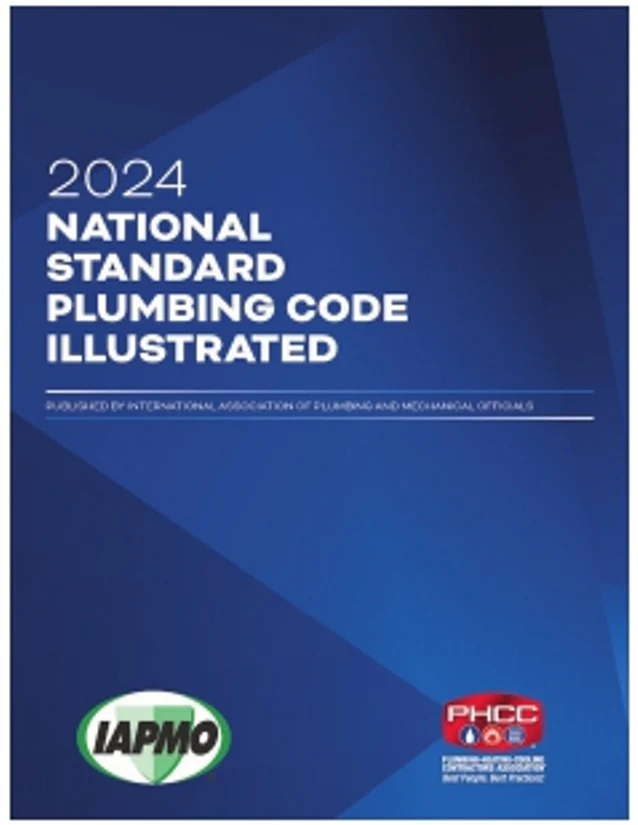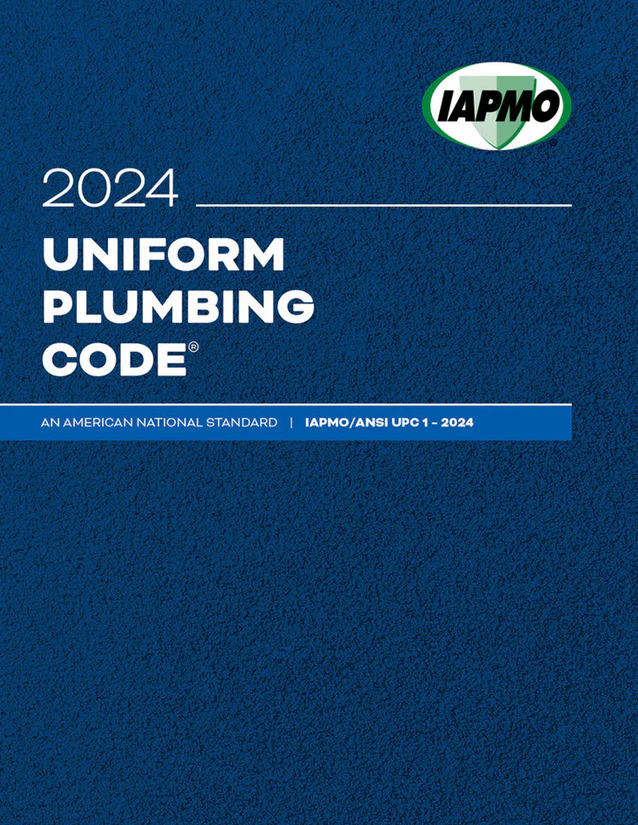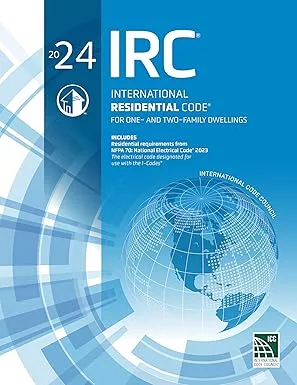PM Engineer Next Gen ALL-STARS
2024 Next Gen All Star: Brennan Doherty
Top 20 Under 40 Plumbing Professional

Image courtesy of Brennan Doherty
How long have you been in the PHCP-PVF industry?
BD: Since I was 14. I started counting inventory annually at a local plumbing contractor where my father was controller and then doing downtown (Chicago) job site deliveries or being the extra hand around the shop to fill every open summer break into college.
What drew you into the industry?
BD: My first role out of college was working with Fastenal. There was an opportunity in my hometown to be outside sales, which in less than 10 months turned into the general manager role. During the first year managing, our store ended up hitting the top 1% in the country! This led my cousin, a plumbing manufacturer’s rep to this day, to reach out asking if “I was ready for something harder to sell than nuts and bolts?” About a week later I started my full-time job in the plumbing industry with Symmons covering the IL/Chicago Market with a team that instilled a solid foundation of winning together, and the accountability to achieve it.
What is the most rewarding aspect of working in the industry?
BD: The life-long friends made through ASPE and other industry organizations. These are now the people I’m calling to hang out with on the weekends, people I share those moments of success and strife with, and people I know will always show up for me regardless of whether or not we have any business together. I couldn’t be luckier to have landed here.
What motivates you every day?
BD: Passion! The fact I know Siphonic Roof Drains are better than traditional gravity drains with education being the only barrier. That I’m able to directly work with a growing number of Fortune 500 companies and developers to educate them on Siphonic Drainage, before working directly with their architecture, engineering, and construction teams to deliver a project from concept to completion. But mostly, that very few in the U.S. have figured out the immense value Siphonic Drainage brings to a project when it is so clear to see on paper — cost savings, reduced carbon impact, anti-clog drain, reduced MAX ponding, higher ceilings, less verticals, less civil pipework/trench, less calendar days, U.S. Code approved.
What is one thing you wish more people knew/understood about the PHCP-PVF industry?
BD: That there currently is no way for plumbing engineers to provide a trustworthy hydraulic head (MAX ponding depth) for any gravity overflow drain with a water dam in the U.S. market. Not one single published flow chart for gravity overflow drains. Nor, for that matter, could we even calculate with any confidence the expected gpm discharge in any traditional gravity system since there is no way to ensure a constant 2/3 air to 1/3 water mix in the pipe needed for MAX gravity efficiency — comments after ‘nor’ published in ASPE/IAPMO, June 2024: “Capacities of Stacks and Horizontal Drain in Storm Drainage System”, Table 2.2.
What has been your proudest moment in your career so far?
BD: Being the first to introduce Siphonic Roof Drains into the ASPE Plumbing Engineering Design Handbook, which led to being given the opportunity to sit on the most recent ASPE 45 committee that writes the Siphonic Standard governing the U.S. I also take great honor being included on this list.
What is one thing most people don’t know about you?
BD: The day I was elected Corresponding Secretary for ASPE Chicago Chapter’s Board of Directors, is the same day I first talked with the Vice President of MIFAB on the drive to the meeting. That day was also the first time I met Michael Whiteside, the owner of MIFAB, in person at that same ASPE event, only to receive a job offer that next Monday; I’ve happily been challenged ever since. Michael continues to give me the opportunity to prove my full siphonic vision, and all the tools to execute it. I feel incredibly fortunate to have had the opportunity to meet so many wonderful people across the country during my travels/time educating well over 3,000 individuals to this point.
Looking for a reprint of this article?
From high-res PDFs to custom plaques, order your copy today!











